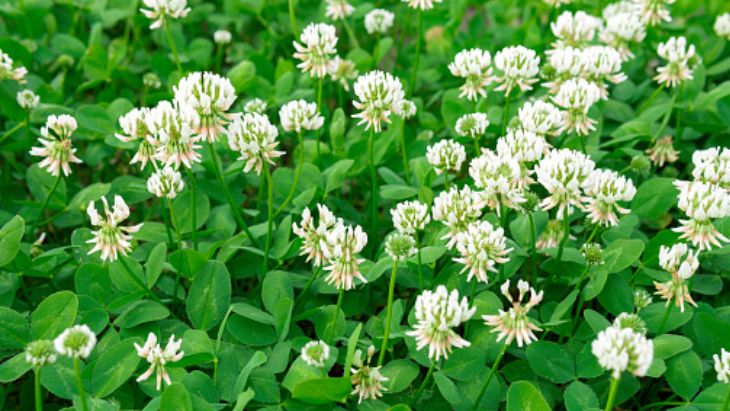Clover lawns have recently become popular among homeowners due to their ability to stay green all-year-round, require less maintenance, and are environmentally friendly. Clover lawns are also excellent for gardens that have soil erosion problems. These lawns can be grown anywhere from small patches to large areas. Below is a step-by-step guide on how to grow your own clover lawn.
Step 1: Understand which clover variety suits your climate
Before starting, identify the type of clover that grows best in your USDA Hardiness zone. Some clover varieties are suited to specific regions and climates, so consult with your local garden center or agricultural extension office for the best clover varietals that grow in your location.
Step 2: Soil preparation
Clover lawns require soils with a pH of between 6.0 and 7.0. If you’re not sure about your soil pH, get a soil test kit or send a sample to a lab to determine the pH balance. Once you establish the pH levels, add lime to the soil to raise the pH or sulfur to lower it. Now loosen the soil with a rake or tiller, removing rocks and weeds.
Step 3: Planting clover
Before planting the clover, add a thin layer of compost to your soil to ensure it is nutrient packed. Most clover seeds require sunlight to germinate, so consider removing any dense leaves, twigs, or rocks that could inhibit clover’s germination success. After that, you can either broadcast or drill the seeds in the soil, following the manufacturer’s guidelines. After sowing, roll or pack the seeds with a cultipacker or the back of the rake to ensure good seed-to-soil contact. In case you plant during a dry season, perhaps during summer, cover the seeds with sheets or straw, keeping it moist for up to ten days to improve germination.
Step 4: Clover maintenance
Clover is easy to care for once established. However, it does not like standing water, so watering it less but more regularly is ideal. Clover grows slowly but is aggressive, choking out other weeds over time, reducing weed spraying needs. Overgrown clover can be trimmed, making sure to leave at least three inches to avoid destroying the root system. You also must fertilize the clover every spring or fall, usually with natural fertilizers.

FAQs
1. How long does it take for clover to grow into a full lawn?
Clover takes time to grow into a full lawn. Depending on the variety, it can take up to two years to fully establish a clover lawn.
2. What should I do to prepare my lawn for planting clover?
Prepare your lawn by removing stones, roots, or debris. Aerate the soil to ensure that there is enough air and water for the clover to grow. Add fertilizer as needed to ensure the clover will have enough nutrients to grow.
3. Do I need to mow my clover lawn?
Yes, clover lawns need to be mowed regularly to keep them healthy. Trim your lawn when it reaches a height of 4 to 6 inches.
4. How often should I fertilize my clover lawn?
Clover lawns generally only need fertilizing once a year in the fall or early spring. Use a natural fertilizer to avoid any chemical buildup and help feed the soil.
5. Can I mix clover with other grasses in my lawn?
Yes, clover can be mixed with other grasses in your lawn. Clover tends to grow best on lighter, sandy soils with a pH range of 6.0-7.0, while grasses usually prefer heavier clay soils. Mixing them will make your lawn more stable, productive and will also decrease the frequency of turf-damaging diseases.
6. How can I control weeds in my clover lawn?
Clover is quite weed-resistant but still requires some maintenance. Hand-pick weeds when spotted, or use an organic weed killer if necessary. The best way to avoid weed problems in the first place is to ensure that your soil is healthy and the clover is thriving.
Conclusion
In conclusion, growing a clover lawn is easy and requires minimal effort, especially if you have fertilized, aerated, and watered your soil. Besides, a clover lawn is usually fertile and will need limited herbicides and pesticides, thus proving to be an environmentally friendly lawn. Follow the steps in this easy-to-follow guide and you’ll have a beautiful clover garden in no time!
